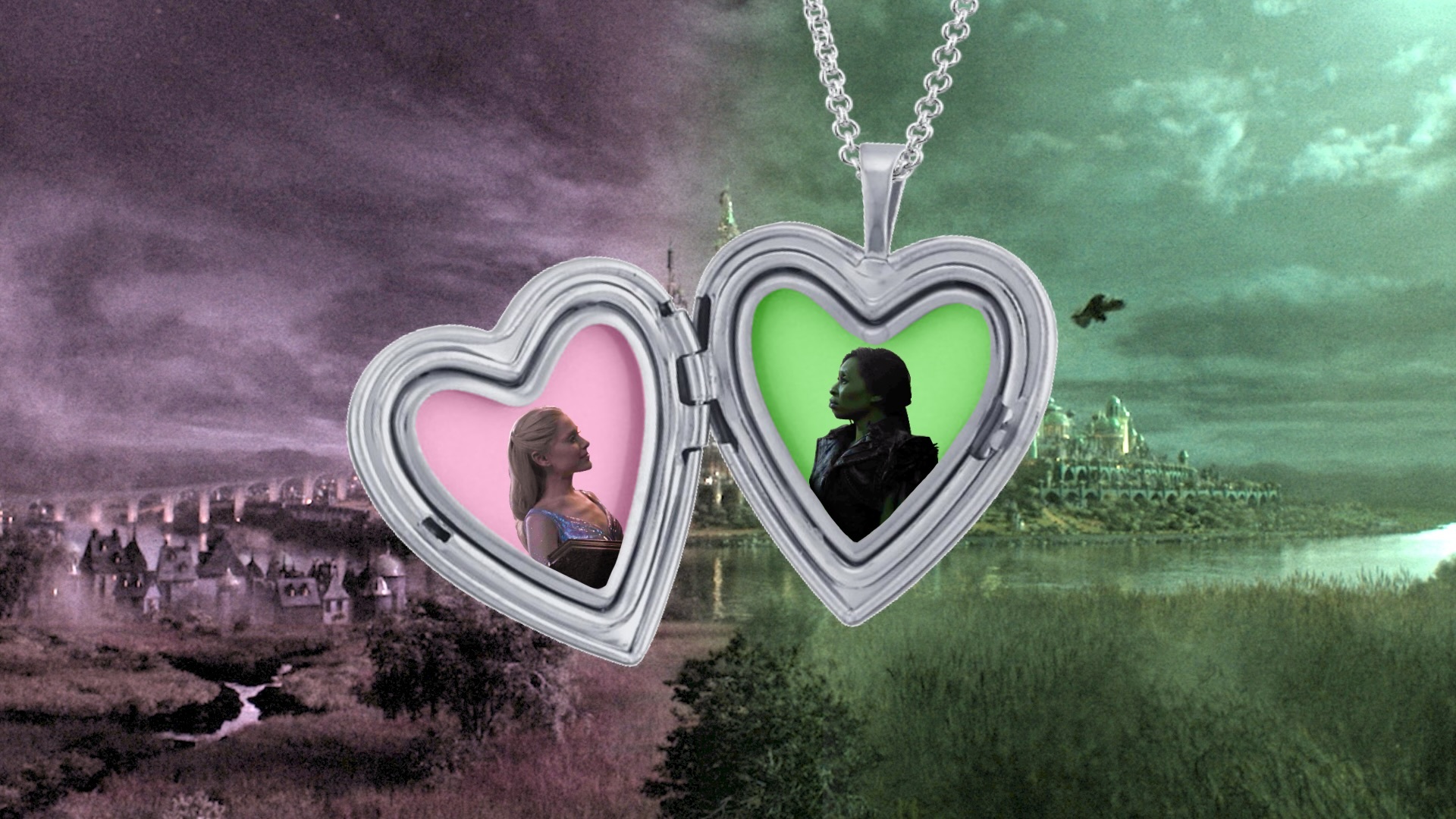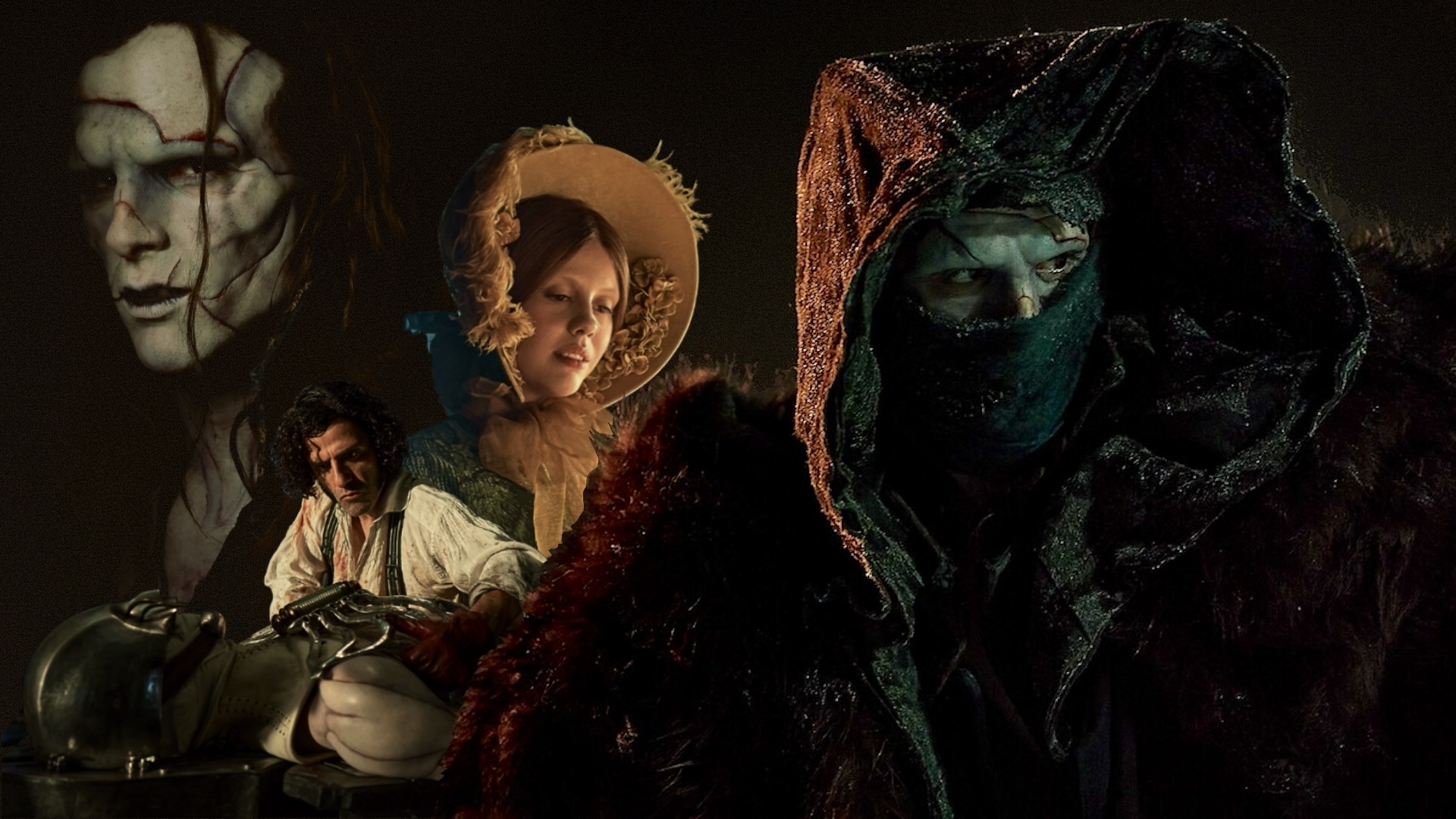Bangla Surf Girls is screening online at ReFrame Film Festival 2022 from January 27th to February 4th.
Taking place in Cox’s Bazar, a coastal city in southern Bangladesh, the documentary Bangla Surf Girls shares the harrowing story of a girls surf club struggling to overcome the cultural taboo of women surfing. Documentarian Elizabeth D. Costa follows the lives of Shobe, Aisha and Suma, three teenage girls who are determined to surf despite complicated family dynamics and the restraints of poverty. The oppressive measures waged against these young women create social conditions that are like wading through rubble just to catch the perfect wave.
The film opens with Shobe, an outgoing thirteen year old girl who’s developed the playful habit of cutting class to hang out on the beach. From the streets of Cox’s Bazar to the swells of the Bay of Bengal, Shobe brings self-assurance and charisma to all her endeavours. When bartering for discount poultry at the market, she’s lippy with the merchant, but her fun-loving nature wears on him and she gets him down to her price point.
Her infectious nature is extraordinary given her family’s tragic circumstances. Unlike her mother, Shobe’s father disapproved of her surfing and, as a result, filed for divorce and left their family. Unable to support her family, Shobe’s mother applied for a fraudulent passport for Shobe, so that she can work in Omen. The nature of the work isn’t discussed, but it’s clear that Shobe fears being exploited. She states “They wouldn’t send that kind of money unless they were expecting something.” To add to the unease, the forged documents read that Shobe is twenty five, twelve years older than her real age. Adjacent to the surfing storyline, Bangla Surf Girls carries this poignant subplot of human trafficking. Stripped from the typical alarmism, the documentary shows how this insidious force looms among desperate people and works in tandem with coercive economic conditions. Shobe’s life is largely determined by structural forces and her parents' corresponding lack of leverage. Even on choppy waters, Shobe manages to surf.
Through the Cox’s Bazar Surf Club, Shobe meets Suma and Aisha, two teenage girls with a shared passion for surfing. Suma works on the beach selling shell art to support her sick mother. She surfs as an escape. In her early teens, Suma was struck in the face by a surfboard, resulting in an injury that lacerated her cheek and damaged her tongue. Even though her scar remains, Suma has a cool and composed attitude towards her accident, stating that she was out traveling and exploring, which is the only important takeaway. The girls lean into their relentless optimism.
The girls are infantilized for surfing and told that they are too old for leisure and should be supporting their families. The club provides them with a monthly food basket which is enough compensation for their mothers to approve. However, they face a united front of stubborn fathers. Aisha’s dad swears that the surf club has ruined his family and he is ashamed to walk through his neighbourhood. Aisha is suspended in a critical tension; she insists on realizing her potential through surfing, but her independence provokes domestic abuse. The largest barrier hindering the girls is family attitudes, followed by community attitudes. Aisha and Shobe’s fathers condemn surfing because their daughters' disobedience is an affront to their authority. The families are barely staying afloat in the biles of poverty, unable to meet their basic needs and clinging to corrosive social customs as a vestige of security.
Regardless of the merciless conditions they face at home, the girls come alive when they are surfing. Shobe in particular has a natural talent and she rides the Bay of Bengal waves seamlessly. The girls giggle and gossip and share makeup tips like any clique of teenagers. They have a trusted friend in their coach who organizes funding for a competition in India. The competition invigorates a manic excitement in the girls, the likes of which can only be understood on a teenage girl frequency. Unfortunately, Shobe isn’t able to attend the competition because of the aforementioned fake passport and she is devastated to miss out. She remains convinced that her big break is just around the corner. Shobe's driving motivation is to become a world-renowned surfer so that her father will be proud and return to their family. Between their athletic prowess and their self-confidence, it’s easy to forget that these girls are young teenagers. Ultimately, Shobe is a child with the same relentless optimism and limitation as any child, but she holds an unwavering discipline and sense of self that will serve her well in any walk of life.
Bangla Surf Girls doesn’t give any cathartic closure that Disney has led us to expect. Funding for the surf club becomes more precarious, the girls are pushed further into the fringes of poverty. Suma is forced to quit surfing so that she can become a full-time caregiver to her mother. Western film relies on the familiar format of a protagonist's redemption arc, and most departures from that plot line wag their fingers with moralism. Bangla Surf Girls isn’t a spectacle of poverty or misogyny or culture. It shows the incredible lives of Suma, Shobe and Aisha in their normal backdrop. It's tempting to pity the girls, as the little grace they have slides past them, but Suma doesn’t dwell on tragedy. After all, they were out traveling and exploring, which is the important takeaway. We all have a soft spot for a coming-of-age story, but unlike genre classics, Bangla Surf Girls leaves the story with frayed ends. Without pushing any righteousness, the documentary shows the honest, sometimes devastating, sometimes inspiring, story of teenage girls navigating the ebbs and flows of their personal dynamics and the Bay of Bengal.


.png)


.jpg)


.jpeg)



.jpg)


.jpg)

.jpg)
.jpg)






.png)